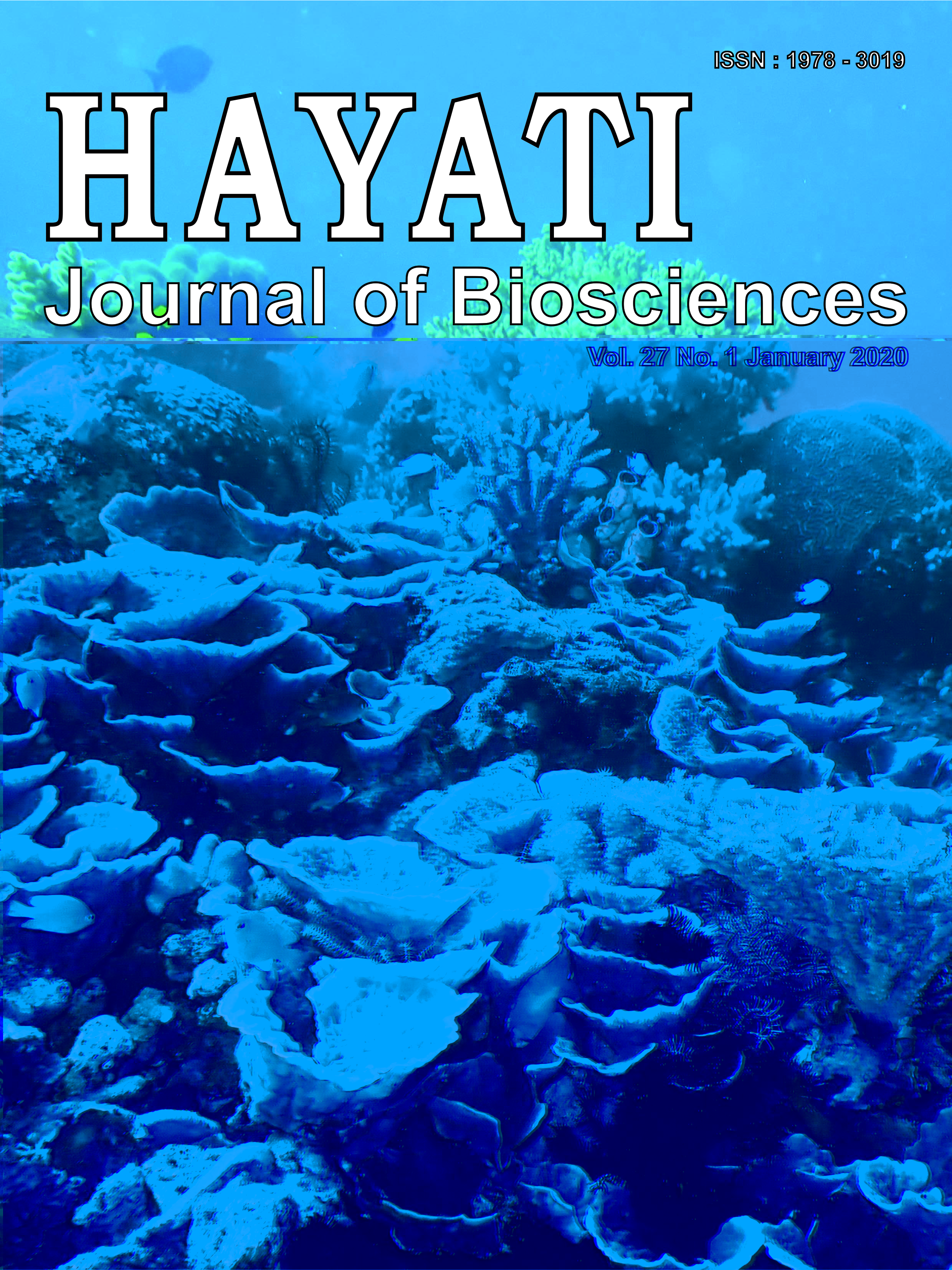Comparison Between the Potential of Tempe Flour Made from Germinated and Nongerminated Soybeans in Preventing Diabetes Mellitus
Abstract
This study was aimed to compare the chemical characteristics of tempe flour made from nongerminated soybean (NST) and germinated soybean (GST), especially on their capacity in preventing diabetes mellitus (DM). Soybeans were germinated for 20 hours in the dark until 2.5-5.0 mm of the radicle emerged. The ungerminated soybeans and the germinated soybeans were then processed into tempe and tempe flour. The two types of tempe flour were subjected to proximate analysis, amino acid profiling, antioxidant capacity, total phenol content, isoflavone content, and α-amylase and α-glucosidase enzyme inhibition analyses. GST was superior in preventing DM in the protein content and antioxidant parameters, as these were significantly higher (p<0.05) than in NST. On the other hand, NST was superior in preventing diabetes in the isoflavon (daidzein, genistein, and total isoflavone) and α-amylase inhibition IC50 parameters which were significantly better (p<0.05) than in GST. On the contrary, the diabetes-preventing parameters total phenols, α-glucosidase inhibition IC50, and insulinotropic amino acids (arginine, alanine, phenilalanine, isoleucine, leucine, and lysine) were not different (p>0.05). Therefore, GST and NST both have potential in preventing diabetes through different mechanisms.
Downloads
HAYATI J Biosci is an open access journal and the article's license is CC-BY-NC. This license lets others distribute, remix, tweak, and build upon author's work, as long as they credit the original creation. Authors retain copyright and grant the journal/publisher non exclusive publishing rights with the work simultaneously licensed under a https://creativecommons.org/


















.png) IPB University
IPB University Department of Biology
Department of Biology The Indonesian Biological Society
The Indonesian Biological Society 

